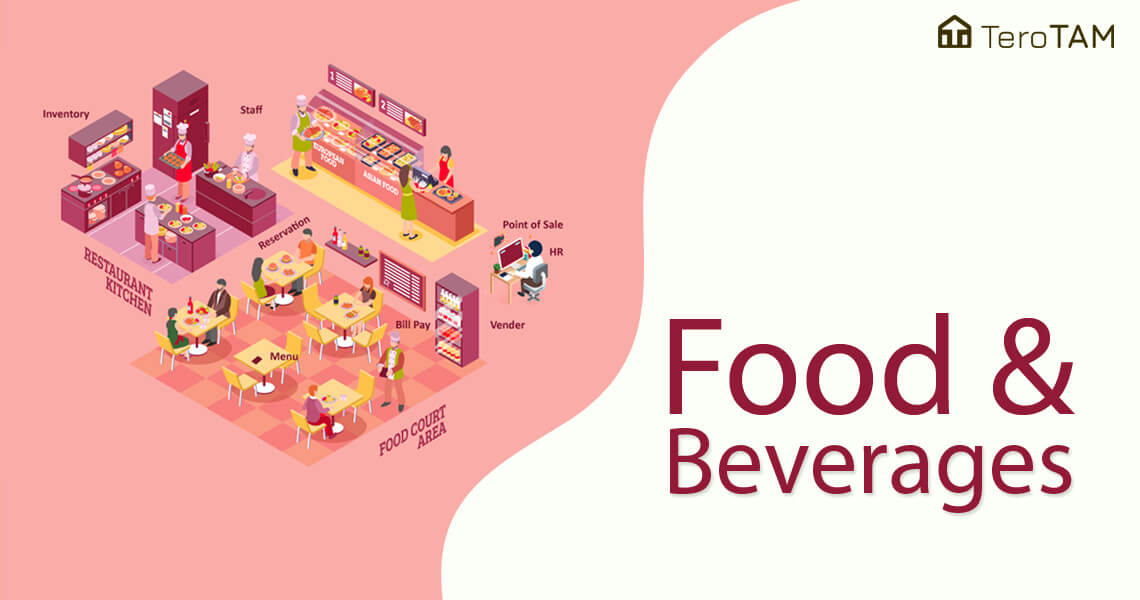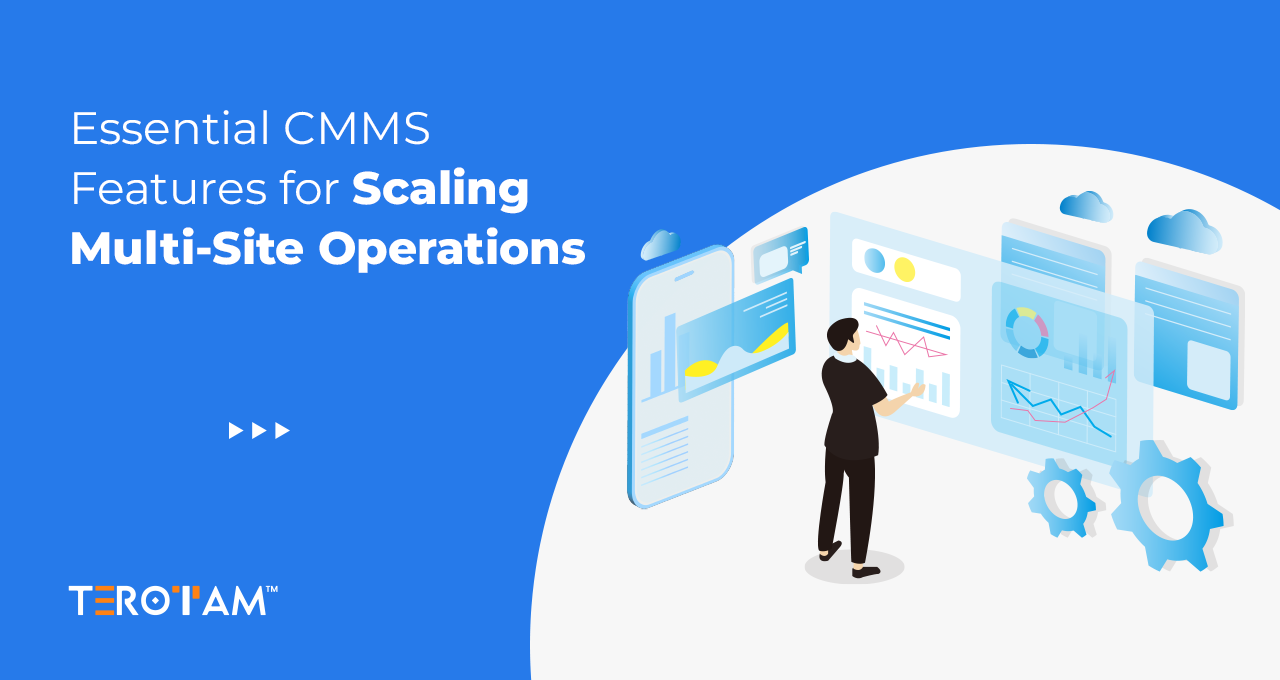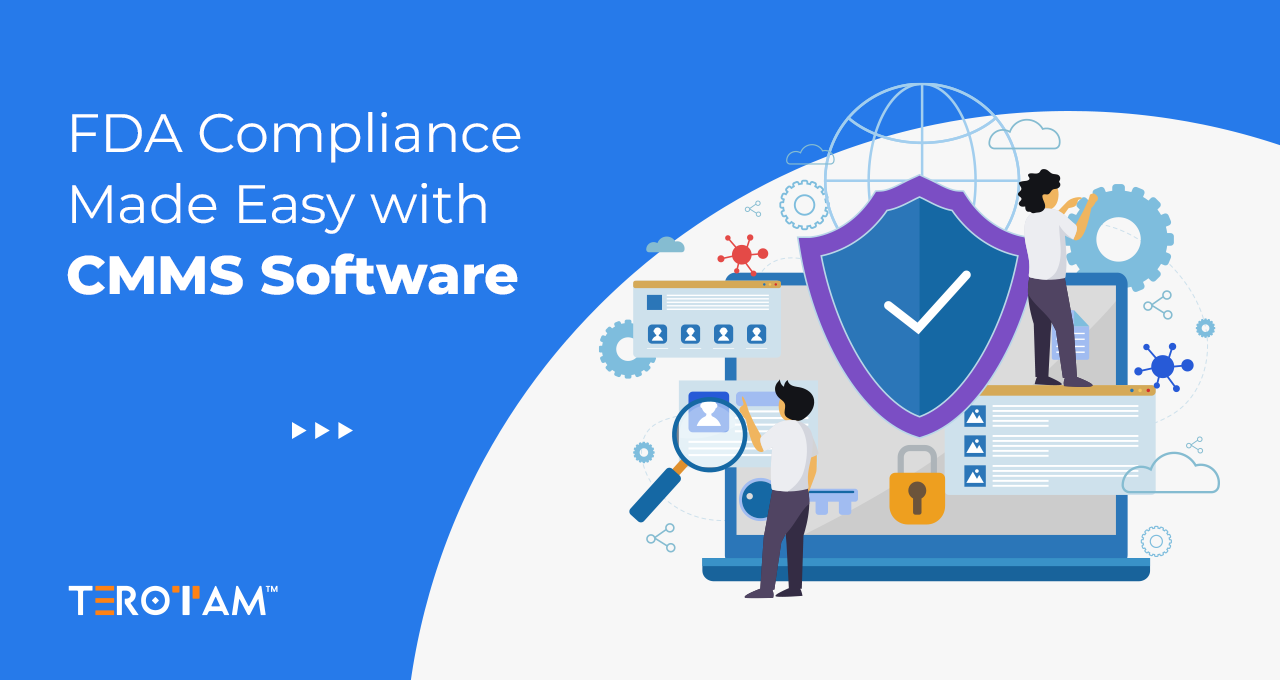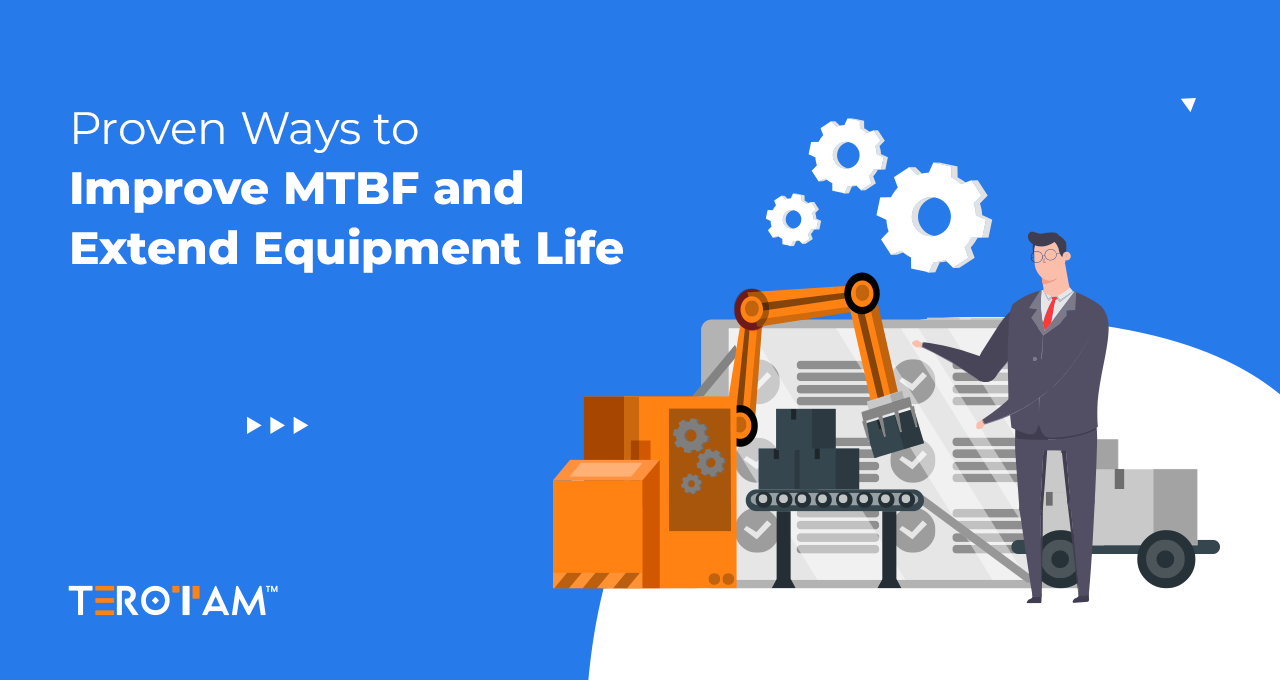What is most important for a profitable business? It’s ongoing operations. Imagine what happens if your business continuously got stop unnecessarily because of small management oversight. Your business will soon reach its decline stage. Hence, Keeping the operations on is a must, and what plays a major role in that, Raw material, equipment, tools which we popularly called Inventory.
We indeed need sufficient inventory for ongoing production and business proceedings, but at the same time, we have to be cautious about the overloading of it. What we need is up-to-date Inventory Management to maintain the balance between Maximum and Minimum Inventory levels.
What Is Inventory Management?
Inventory management, inventory control, and stock management are all terms for the same thing: ensuring you have the correct inventory at the right time for the right price. At the end of the day, it’s a delicate balancing act.
Inventory Management is the last, most important link in the supply chain within your warehouse or supply closet.
Why Is Inventory Management Crucial for the Food & Beverage Business?
Inventory management is essential for every business, but in the Food and Beverage industry, it becomes even more critical due to the perishable nature of most products. Holding too much inventory can lead to unnecessary waste and spoilage, significantly increasing production costs.
Like other sectors, the Food and Beverage industry faces its own set of unique inventory management challenges. Let’s take a closer look.
One of the most common issues includes having an excess or overstock of spare parts or raw materials, insufficient stock when needed, and difficulty in quickly identifying required items. These challenges are especially prominent in MRO (Maintenance, Repair, and Operations) inventory management, where precision and timing are crucial.
Limited Visibility of Inventory
Consider the consequences of being unable to locate or identify stocks in your inventory: you will be unable to send the goods on time, perhaps jeopardizing your company’s image. Your business’s bottom line will suffer from an incomplete, inaccurate, and difficult-to-find inventory.
Lack of Well-defined Inventory Management Process
When we see a failure in managing the inventory, the basic thing is missing in the process. A well-defined process is a key to successful inventory management. But setting up that process and maintaining it regularly is a very big challenge without a proper system.
Identifying Incorrectly located Materials
The lack of a method to track in-store products/equipment is the primary cause of this problem. Finding a certain product for sales from the inventory takes up a lot of time for the workers, and finding a product among 1000s stored is incredibly difficult. When you choose a material wrong, it not only slows down sales but also lowers client happiness.
Over-Stocking
Purchasing resources without first selling what you have will dramatically reduce your profits. This problem emerges as a result of managers’ poor stock control and management. A few materials will go missing when done manually, and purchasing the same components again will reduce profit.
Stock-out position
Like overstocking, this also is the problem the scenario is reversed. If you have less material than needed, when actual demand arises for the production needs, the material will not be there in the premise, which is called the stock-out position. The same thing can happen with finished goods too. So keeping a low amount of material and finished goods to save the cost is also a challenging and risky situation for the business.
Also Read: Why Should The Food Industry Invest in CMMS Software?
Managing Waste and Deteriorated Items
Maintaining a strong inventory is critical for the timely delivery of stocks. Non-standard techniques used by inexperienced operators result in defective inventory and waste. The costs of inventory waste and flaws are enormous, and they frequently result in dissatisfied customers.
How can CMMS help you Unriddle the Inventory Management puzzle?
Inventory management’s overarching purpose is to optimize inventory (having just the proper levels of parts in stock while lowering purchase costs) for maintenance operations. Inventory management software like TeroTAM can help you achieve your inventory targets faster.
Maximum Visibility to Inventory
With TeroTAM CMMS software, you can keep an eye on each inventory item from a centralized dashboard from anywhere anytime with a cloud-based system. It helps you keep all in and out records of every single item coming to the organization.
Systematic Inventory Management Workflow
Our software can help you set up the Tasks and assign that relevant tasks to relevant employees and teams and assign them the deadlines. You can create a systematic workflow to manage the operations smoothly.
Advance Inventory tracking with QR codes
No need to find a single item for hours and waste your energy on manual search in a bundle of papers and sheets. Assign a dedicated QR code to each item and track assets anytime with any simple QR code scanner, even with your smartphones.
Automatic Reorder Notification
Set reorder points to receive automatic notifications when a predetermined stock level is achieved. When it’s time to buy more parts, you’ll be able to tell right away. It eliminates the guessing, so you don’t order too many parts you don’t require.
Inventory Cycle Counts
Keep track of how many times individual pieces have been reordered, with the option to categorize them by importance. Inventory cycle counts for critical parts can be adjusted to occur more frequently than counts for less significant parts.
On-time Shipment Scheduling
Schedule components shipments to arrive near the time that repairs or preventative maintenance chores are due.
Updated Location Details
Keep track of every part’s location, right down to the bin number and if it’s been checked in or out recently. No more frantically searching a warehouse for the part, you require.
Easy to manage Purchase Orders
Create purchase orders quickly and easily from within your CMMS software to promptly obtain all of the parts you require. This feature makes keeping track of inventory numbers and costs much easier.
Tips for using CMMS for Food and Beverage Industry
The Food and Beverage industry relies heavily on consistency, compliance, and speed. A CMMS (Computerized Maintenance Management System) can be a game-changer when it comes to maintaining operational efficiency, reducing downtime, and ensuring regulatory compliance. Here are some key tips for leveraging CMMS effectively in your food and beverage operations:
Create Workflows to Uplift Your Productivity
You can utilize a CMMS to automate preventive maintenance on your equipment, as mentioned earlier. Customizable triggers are one of the most valuable features of a CMMS. These triggers enable you to tailor preventive maintenance schedules beyond the standard “once every period” routine.
Automated maintenance helps you stay compliant with regulatory requirements while also extending the lifespan of your equipment.
Get Rid of Boring Paperwork
Whether it’s equipment or replacement parts, all of your inventory should be centralized in your CMMS. A CMMS can be accessed from anywhere, allowing you to designate specific locations for each piece of equipment. This makes it much easier to track assets across multiple warehouses or production sites, saving time and eliminating manual tracking errors.
Conclusion
Managing inventory in the food and beverage industry can be challenging—but with TeroTAM’s CMMS software, it becomes easier, faster, and more accurate. Our intelligent inventory management solution helps you keep track of every item—know exactly what’s in stock, where it’s stored, how much it costs, and when it’s time to reorder.
With real-time updates and automated tracking, you’ll never lose sight of critical stock levels. Say goodbye to manual errors, overstocking, and last-minute shortages. TeroTAM empowers you to streamline your inventory processes, reduce food waste, cut costs, and make smarter purchasing decisions.
Whether you’re running a restaurant, hotel, or food production facility, our CMMS software ensures your operations run smoothly with up-to-date inventory insights and complete visibility.
Want to see how it works?
Get in touch with us at contact@terotam.com and book your free demo today to explore how TeroTAM can transform inventory management for your food and beverage business.








